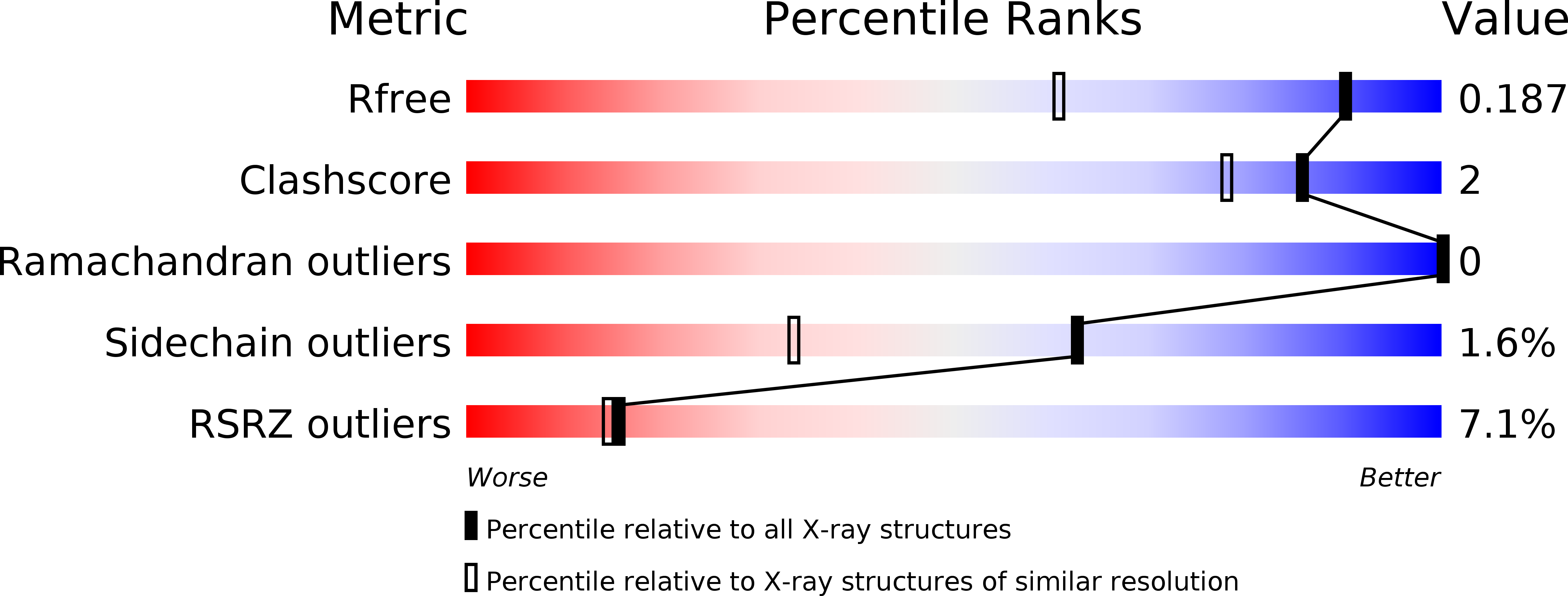
Deposition Date
2016-06-05
Release Date
2016-10-26
Last Version Date
2023-11-15
Entry Detail
PDB ID:
5B78
Keywords:
Title:
Crystal structure of MOZ double PHD finger mutant-S210D/N235R in complex with histone H3 crotonylation at K14
Biological Source:
Source Organism:
Homo sapiens (Taxon ID: 9606)
Host Organism:
Method Details:
Experimental Method:
Resolution:
1.40 Å
R-Value Free:
0.18
R-Value Work:
0.16
R-Value Observed:
0.16
Space Group:
P 21 21 21


